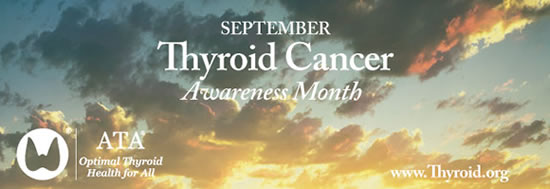The incidence of TED was then compared between statin users and statin nonusers. Additional, separate analyses were conducted to compare the use of statins against that of other lipid-lowering agents and to compare the effects of different statins.
A total of 5574 statin users and 34,409 nonusers with Graves’ disease were analyzed. Statin users were found to be older, male, and more likely to be treated with radioactive iodine for their Graves’ disease than were nonusers; statin users were also more likely to be using other cholesterol-lowering agents. The most common statin used was simvastatin (77.1%), followed by atorvastatin (28.9%). Overall, statin use decreased the risk of developing TED by 26%. The effect was predominantly in men, with a decreased risk of 22% for men and 9% for women. Statin use for >1 year decreased the risk of developing TED by 38%, which use <1 year reduced the risk by 23%. Analysis for other lipid-lowering agents or for the combination of statins and other lipid-lowering agents revealed no decreased risk.
WHAT ARE THE IMPLICATIONS OF THIS STUDY?
The study suggests that in Swedish adults with a new diagnosis of Graves’ disease, statin therapy (mostly atorvastatin and simvastatin) was associated with a small, but significant risk reduction in the development of TED, especially in men.
— Alan P. Farwell, MD




